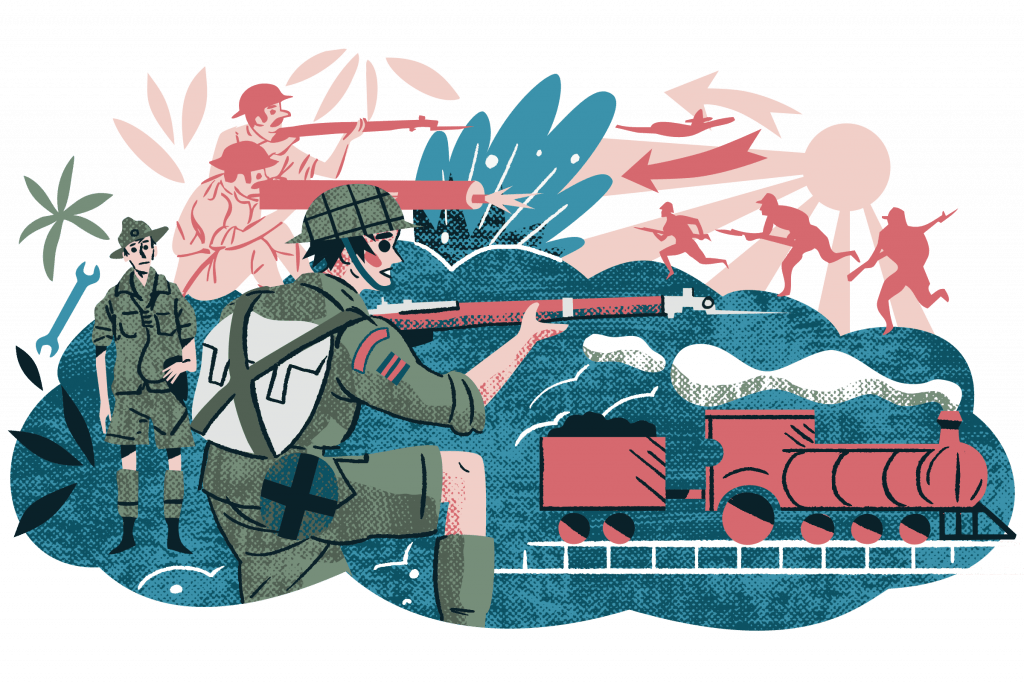Northern Ireland might not seem like an obvious refuge for Jewish people fleeing persecution in Europe.
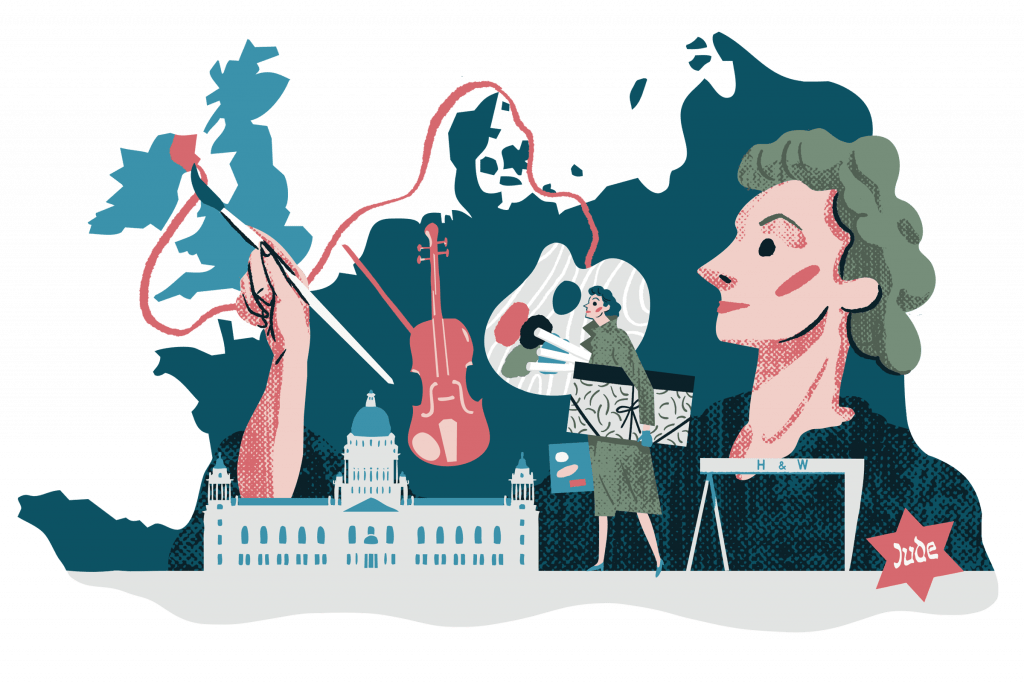
But, partly because of its textile industry, it became home to many Jewish refugees during the Second World War.
Alice Berger was one of those refugees.
In 1938 when the Nazis invaded Austria, Alice fled Vienna on a rare visa issued by the British Government for skilled workers.
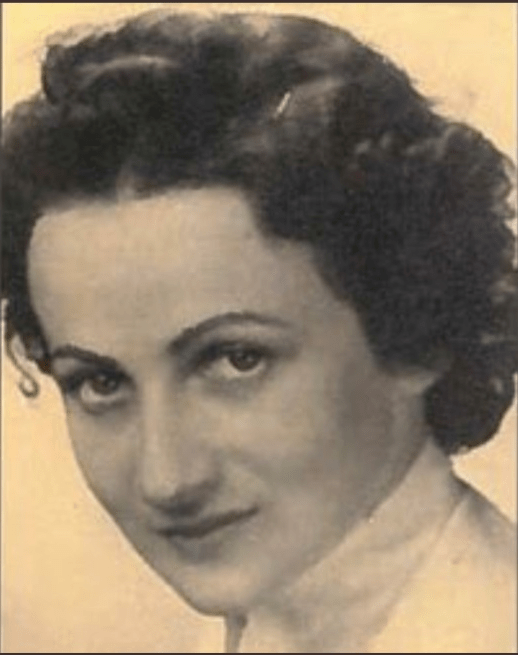
As a child, Alice had attended art classes with an innovative and inspiring teacher, and she chose to go on to art school. It was this training that allowed her, at 21, to get a visa as a graphic designer.
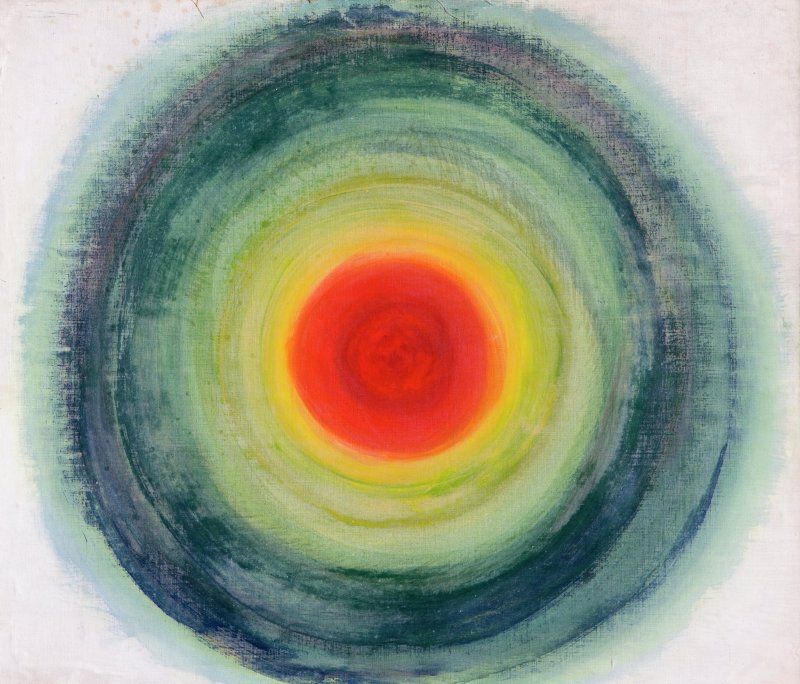
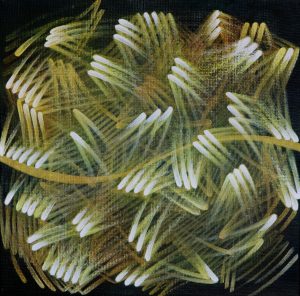
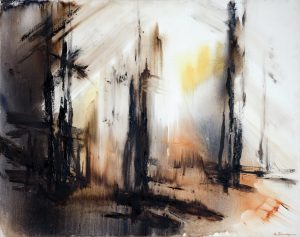
Others were not so lucky.
Jewish Austrians trying to reach Palestine were turned back at Italian ports and hopes of escape faded as country after country closed their borders.
Without an exit permit or the ability to pay ‘exit taxes’, Austria became a prison. Some children escaped through the Kindertransport, though many did not see their families again.
The Northern Ireland government was keen to take in people with the skills to develop its textile industry. This allowed Heinz Hammerschlag, another Jewish refugee, to come to Northern Ireland in 1939.
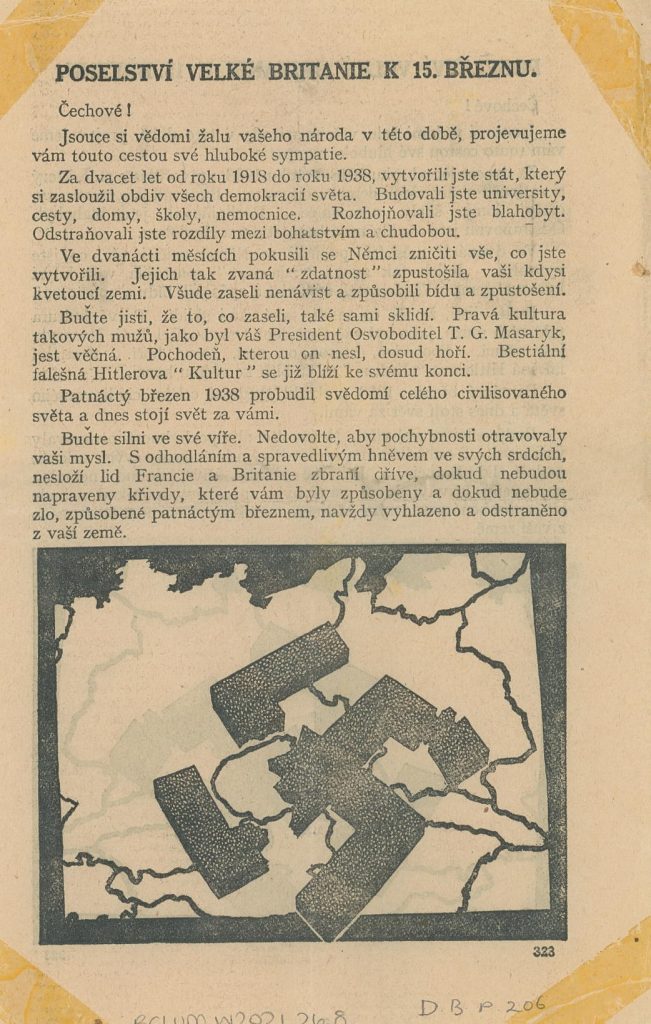
Propaganda airdropped over Czechoslovakia encouraging resistance
Heinz left Czechoslovakia only days before the German occupation, leaving behind his wife, parents and younger brother. With other Jewish people they were herded into the ghetto of Theresienstadt.
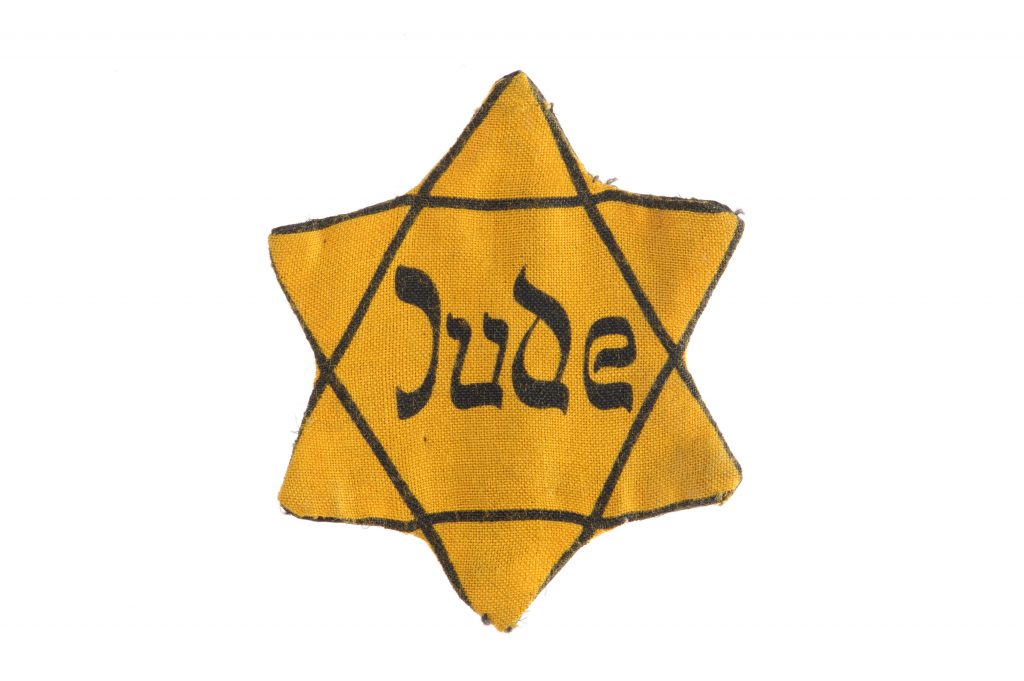
This paper money was given to Heinz’s parents in Theresienstadt to make it look to the Red Cross like a functioning community. But the money was worthless, and the shop fronts fake.
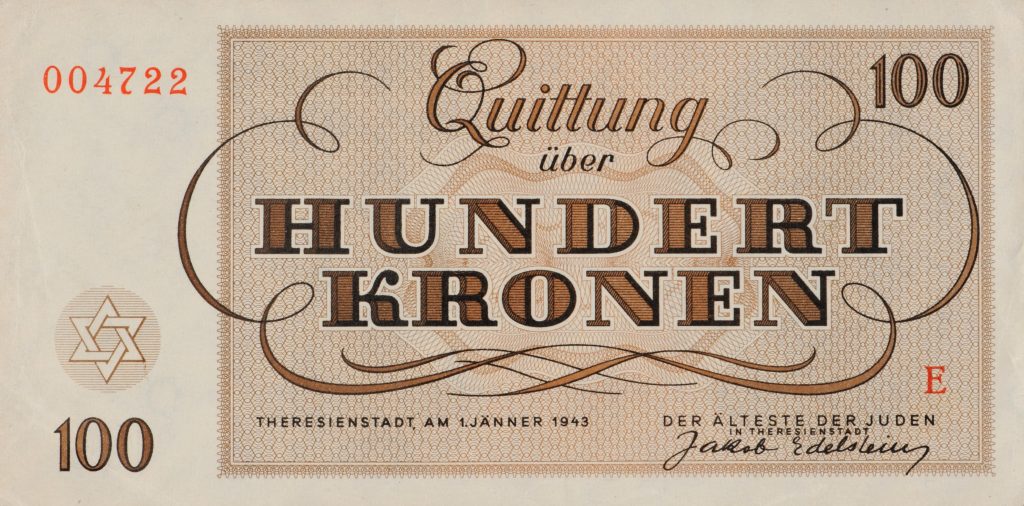
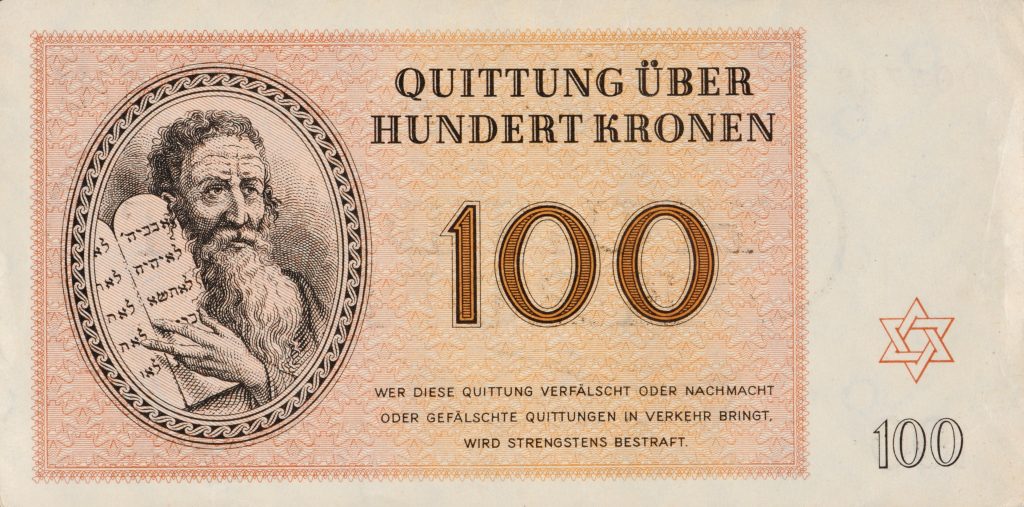
Theresienstadt also functioned as a transit camp, with most of its inmates ending up in the death camp at Auschwitz-Birkenau. Heinz’s parents survived the war. His wife and brother did not.
After the war, Heinz heard that his brother had been murdered by the SS just before liberation.
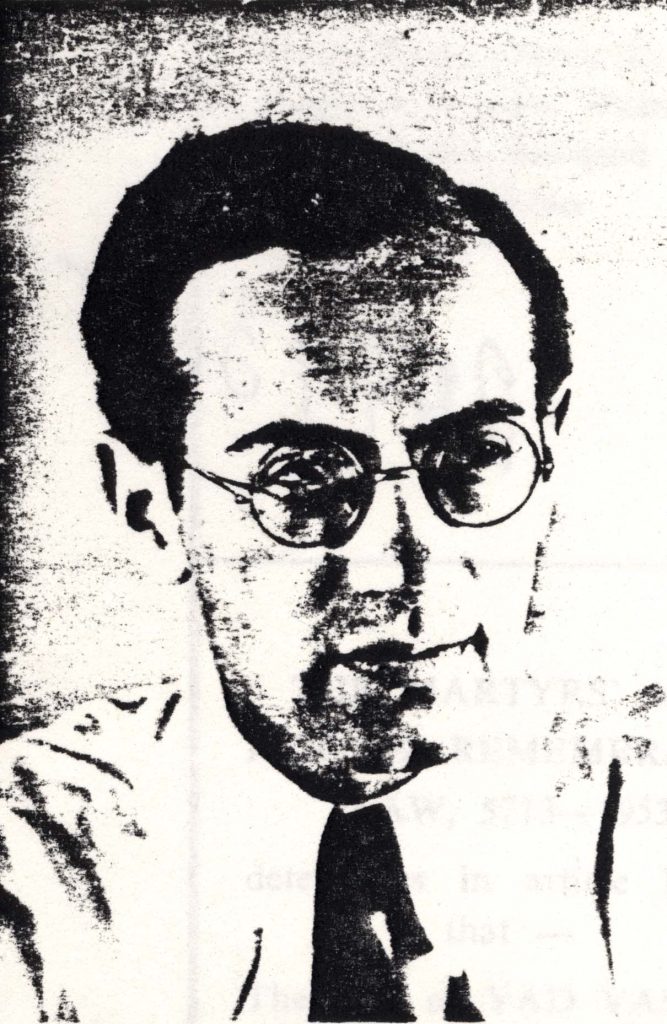
Jiří ‘George’ Hammerschlag, Heinz’s brother
The 200,000 Jewish people of Austria suffered similarly. By August 1945 fewer than 5,000 remained, and war had devastated the city Alice left behind.
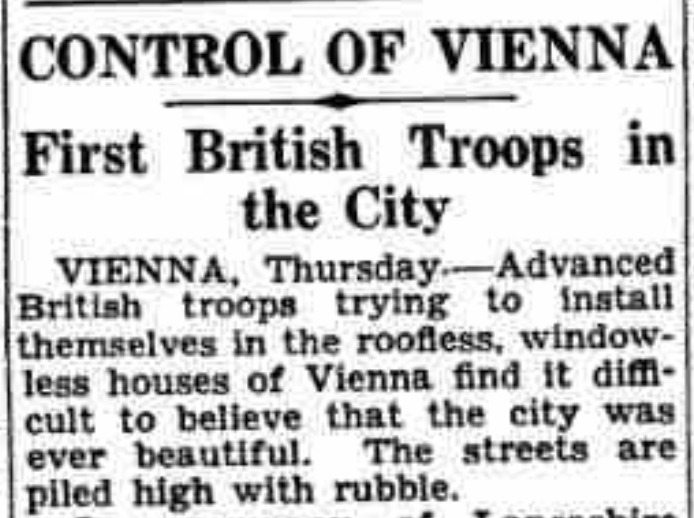
Belfast Newsletter, August 1945
In 1947 Alice Berger married Heinz Hammerschlag.
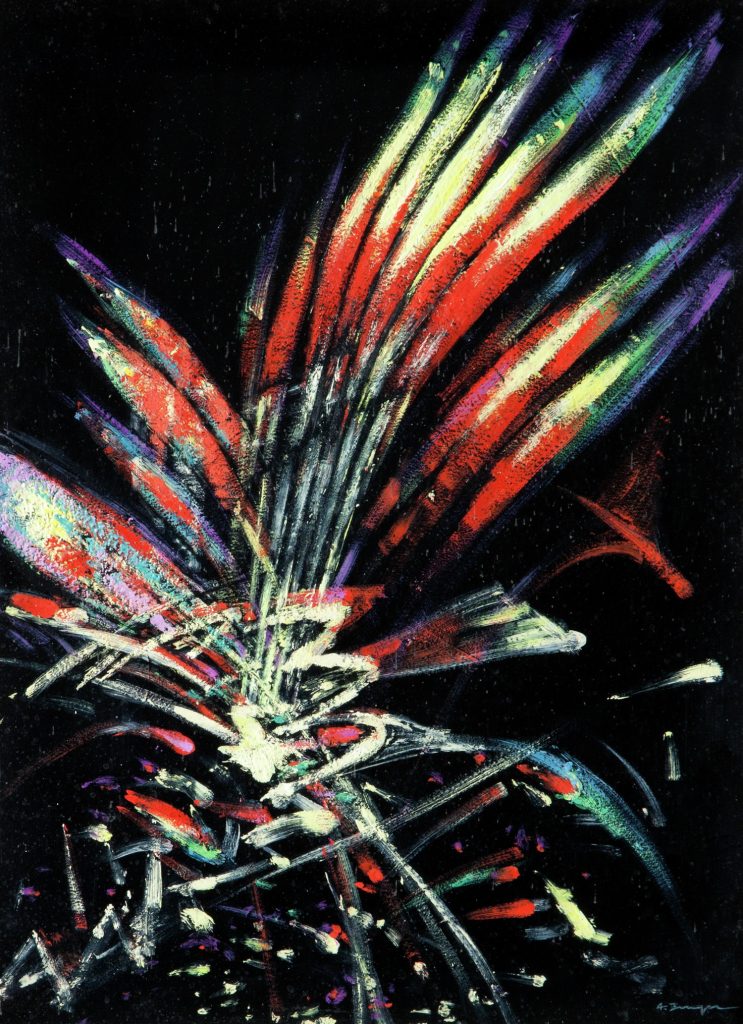
Cut-Glass Reflections, Alice Berger Hammerschlag
Heinz ran a textile business and was a gifted violinist and teacher. In their new home of Belfast, they made a significant contribution to its cultural life.
Alice exhibited in group and solo shows; illustrated children’s books; set up children’s art classes with Neil Shawcross; and designed stage sets for the Lyric Theatre where her friend and fellow Holocaust survivor, Helen Lewis, was the choreographer.
Helen Lewis discusses how she met her future husband in Northern Ireland after the war
Alice died in 1969, and as she had always been generous in encouraging young artists, Heinz sold some of her paintings to set up a fund in her memory.
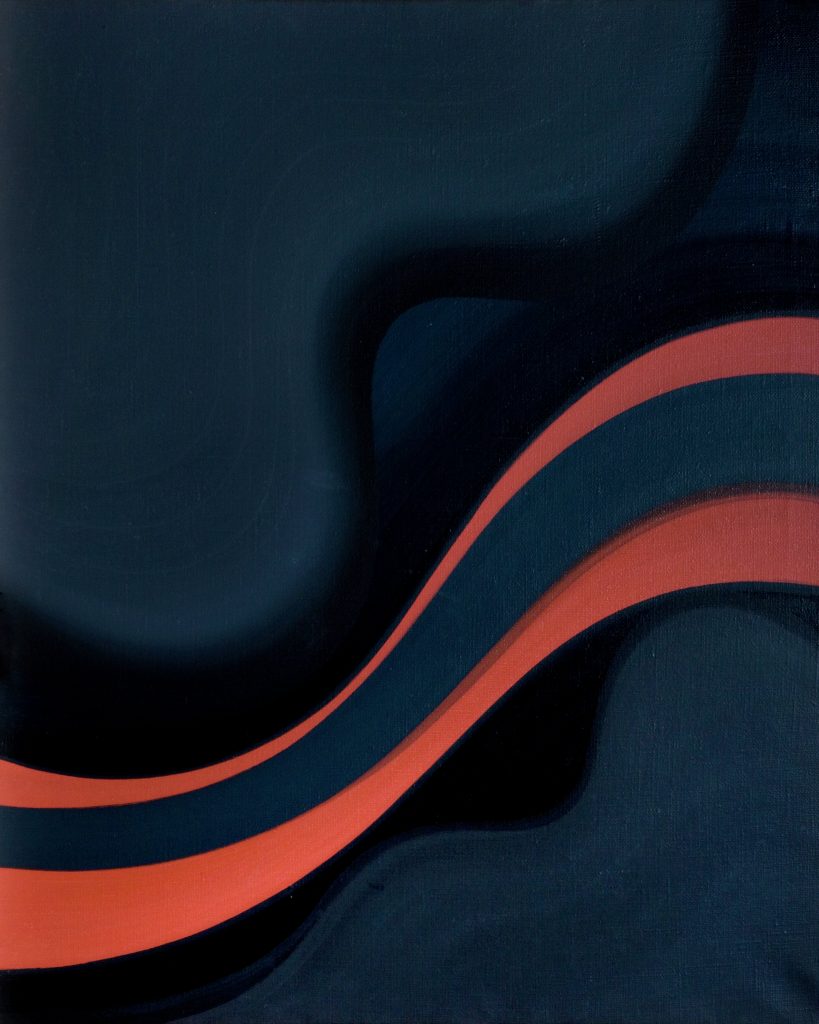
The Alice Berger Hammerschlag Award is still supporting artists in their adopted country today.
Find out more about
experiences of the Holocaust
